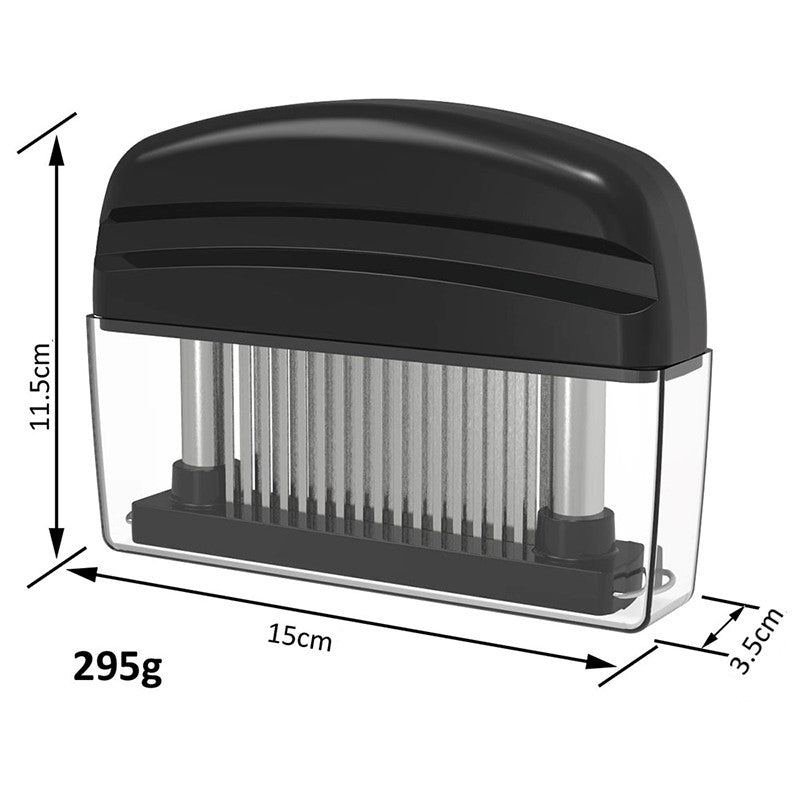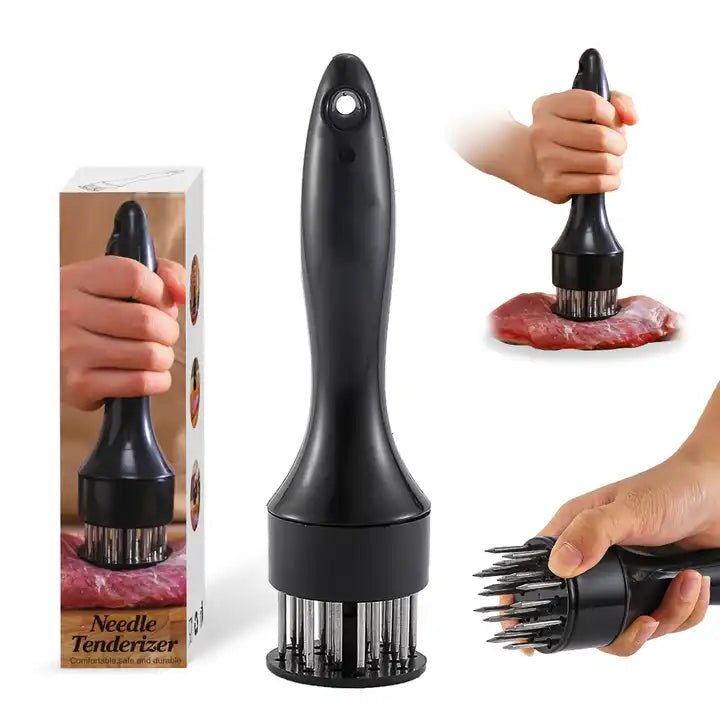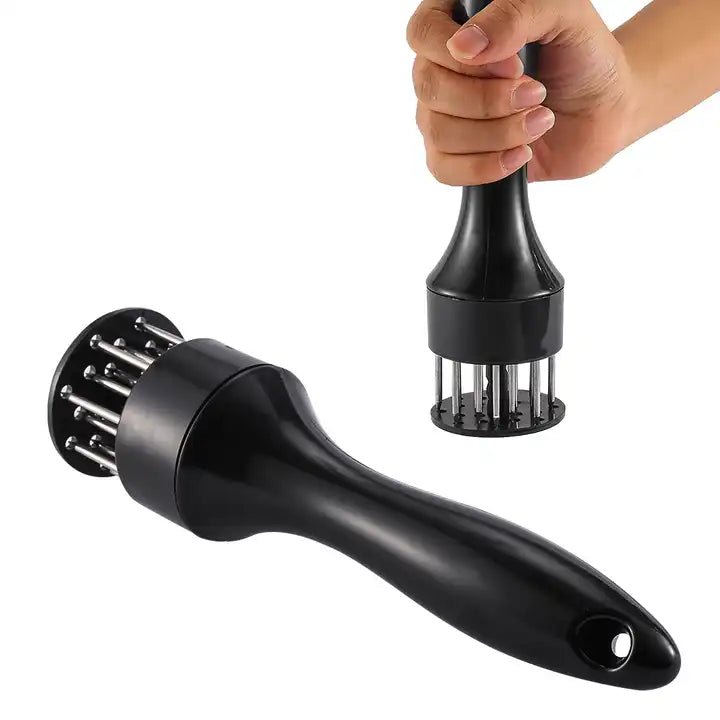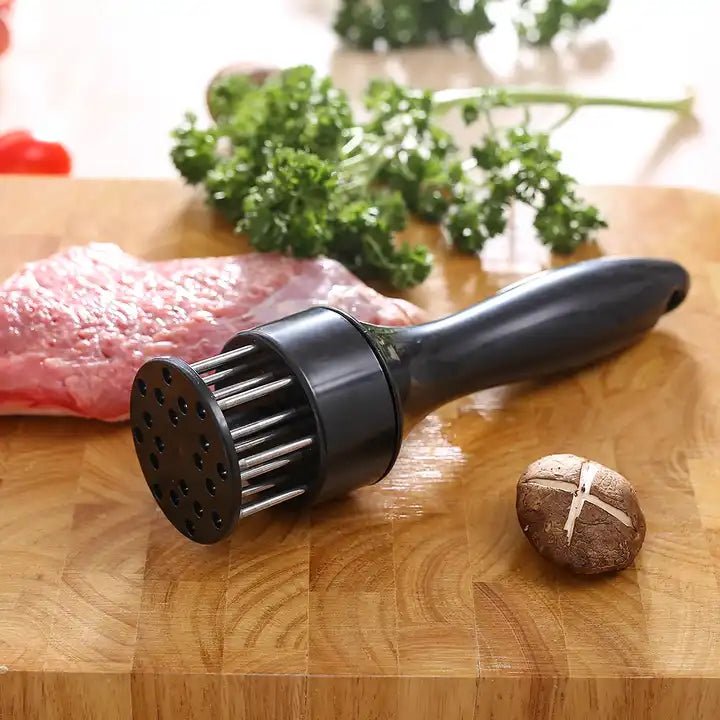Unlocking the Secrets of Meat Tenderisers for the Ultimate BBQ Experience
When it comes to barbecue, the tender juiciness of the meat plays a pivotal role in defining the success of your feast. Whether you're a seasoned grill master or a budding BBQ enthusiast, understanding the art and science of meat tenderisers can elevate your grilling game to new heights. Let's delve into the world of meat tenderisers, exploring their types, benefits, and how to use them effectively for a BBQ that's bound to impress.
The Science Behind Meat Tenderising
Meat is primarily composed of muscle fibers, connective tissues (like collagen and elastin), fat, and water. The muscle fibers themselves are made up of smaller strands called myofibrils, which are held together by connective tissues. In younger animals, this connective tissue is relatively soft and tender, but it becomes tougher and more pronounced as animals age, making certain cuts of meat particularly challenging to cook and consume without proper tenderisation.
Why Tenderisation Matters
Tenderisation is especially important for tougher cuts of meat, often from the muscles that the animal uses most frequently, such as the shoulder or leg. These cuts are imbued with rich flavours due to their high concentration of connective tissues, but they can be tough and chewy if not tenderised. The process of tenderisation breaks down these tough fibres and tissues, making the meat not just more enjoyable to eat but also more receptive to flavours from seasonings and marinades.
Enhancing Flavour and Texture
By tenderising meat, we not only make it more palatable but also enhance its ability to meld with the aromatic spices and herbs used in BBQ marinades. This interplay of textures and flavours is what elevates a simple piece of meat into a culinary masterpiece. The tenderisation process opens up the meat's structure, allowing it to better absorb and retain the rich array of seasonings that contribute to its final taste profile.
Improving Digestibility
Furthermore, tenderising meat has implications for digestibility. Tough, fibrous meat can be difficult for the digestive system to break down. By tenderising the meat before cooking, we initiate the breakdown of complex proteins, making it easier for our bodies to digest the meat and access its valuable nutrients, such as proteins and amino acids, without undue strain on the digestive system.
Types of Meat Tenderisers
- Physical Tenderisers: These involve mechanical means to tenderise meat, such as pounding with a mallet or using a device with sharp blades or needles to pierce the meat, breaking down the tough fibers.
- Natural Enzymatic Tenderisers: Certain fruits contain natural enzymes that can break down proteins in meat, making them more tender. Papaya (containing papain), pineapple (containing bromelain), and kiwi (containing actinidin) are popular choices, often used in marinades.
- Chemical Tenderisers: These are powders, usually containing enzymes derived from papaya or pineapple, that can be sprinkled over meat to tenderise it. They work by breaking down muscle fibers and connective tissues.
- Marinades: A combination of acidic ingredients (like vinegar, lemon juice, or yogurt) with herbs, spices, and oils can not only tenderise meat but also infuse it with flavours. The acid helps in softening the meat's surface, allowing flavours to penetrate deeper.
Benefits of Meat Tenderisers
- Enhanced Texture and Taste: Tenderising meat can transform even the toughest cut into a succulent masterpiece, enhancing both its texture and its ability to absorb marinades and spices.
- Reduced Cooking Time: Tenderised meat cooks more quickly, saving you time and ensuring an even cook throughout.
- Improved Digestibility: Tenderising breaks down complex proteins, making the meat easier to digest and enjoy.
How to Use Meat Tenderisers Effectively
- Choose the Right Method: Select a tenderising method that suits the cut of meat and the flavour profile you're aiming for. For example, physical tenderisers are great for flattening and softening, while enzymatic tenderisers are ideal for tougher cuts that need more breakdown.
- Timing is Key: If using natural enzymatic tenderisers, be mindful of the marinating time. Over-marination can lead to mushy meat, especially with powerful enzymes like papain and bromelain.
- Balance Flavours: When using marinades, ensure a balance between acidic and neutral ingredients to avoid overpowering the meat's natural flavours.
- Safety First: When using mechanical tenderisers, ensure they are thoroughly cleaned to avoid cross-contamination.
Where to Next?
Mastering the use of meat tenderisers can significantly enhance your BBQ experience, turning even the most budget-friendly cuts into tender, flavour-packed delights. Whether you're experimenting with natural enzymes, embracing the power of marinades, or getting hands-on with mechanical tenderisers, the key lies in understanding the nature of the meat and the desired outcome. Embrace the art of tenderisation, and watch as your BBQ gatherings become the talk of the town, with every bite revealing the care and knowledge you've invested in the process.
Shop BBQ AccessoriesYou may also like
View allPizza Ovens Are the New Backyard Status Symbol
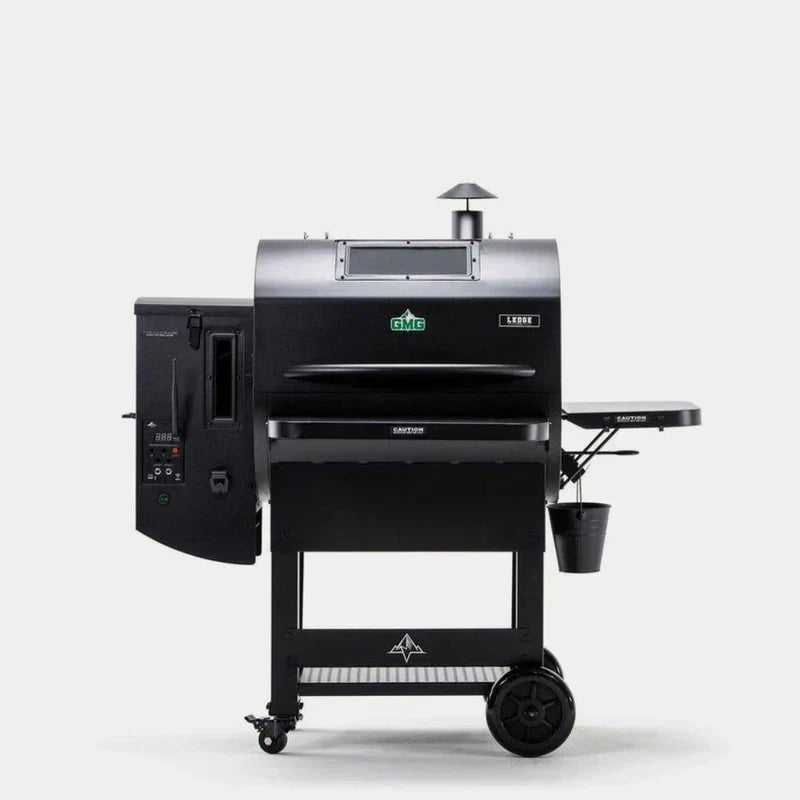
Pellet vs Electric Smokers: Choosing the Right Smoker for Your BBQ Style
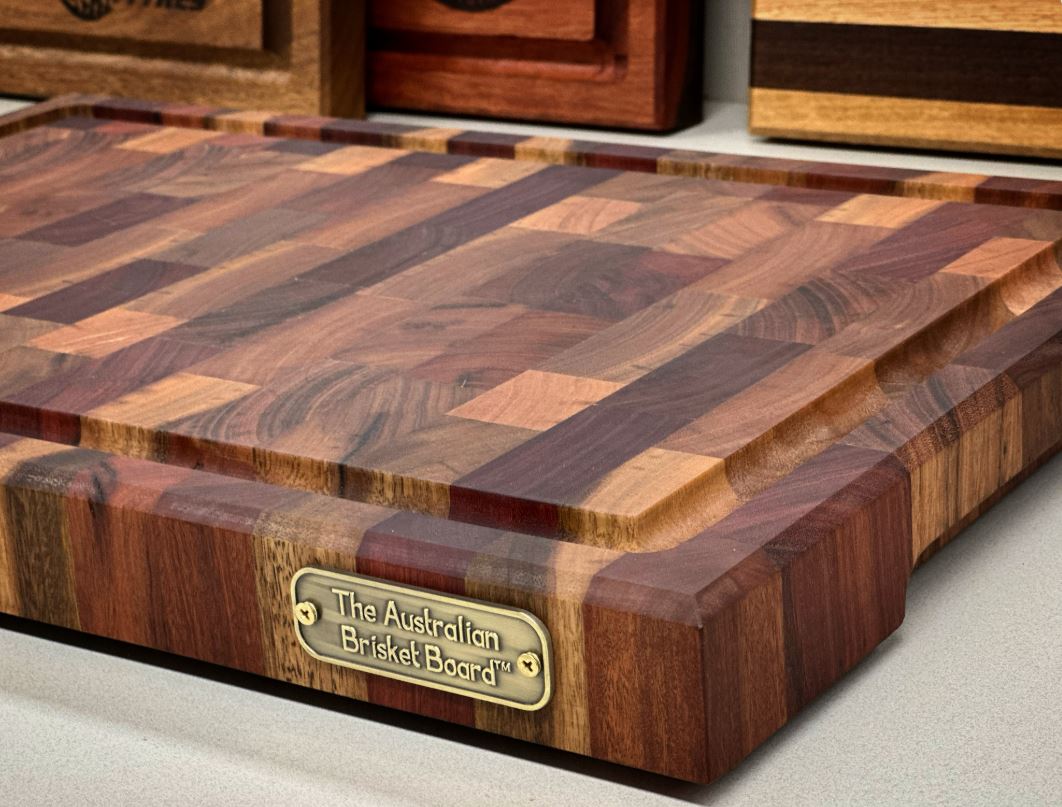
Caring For Your Chopping Board
Learn how to clean, maintain, and protect your chopping board for long-lasting use. Keep it in top shape with expert care tips and Board Butter treatment.



